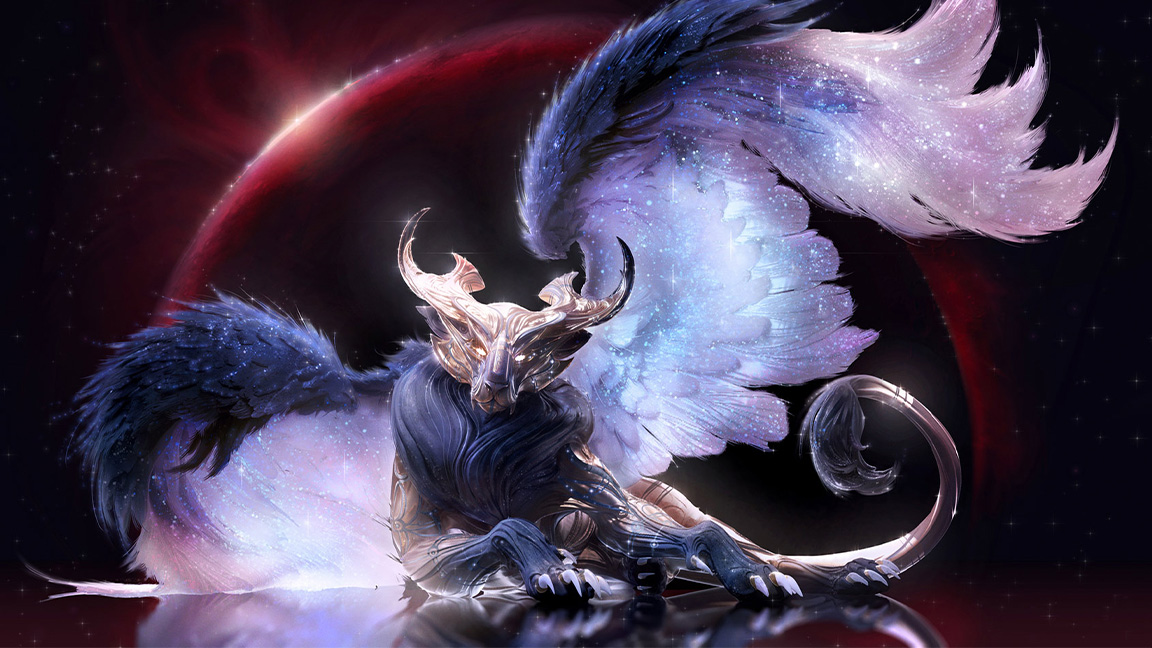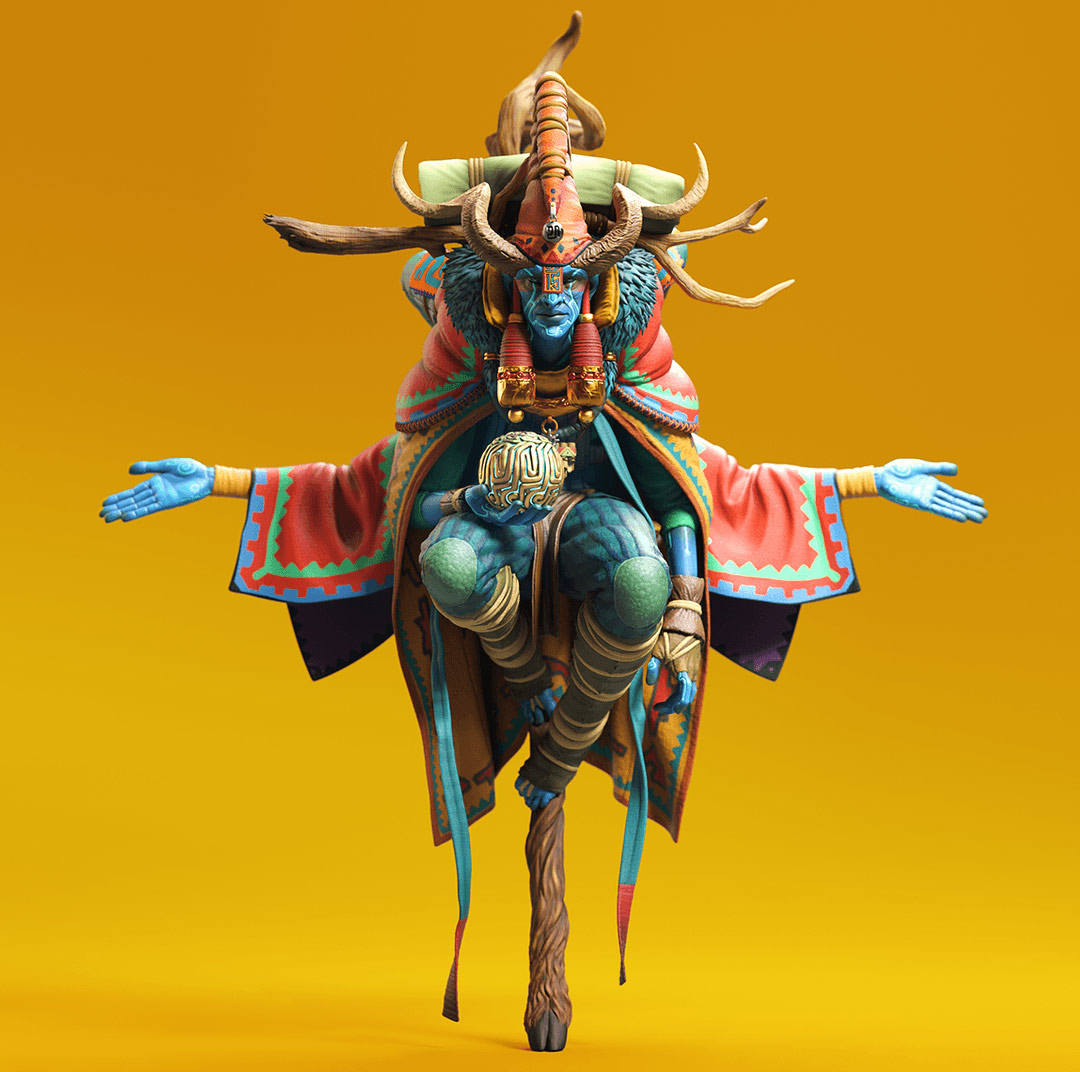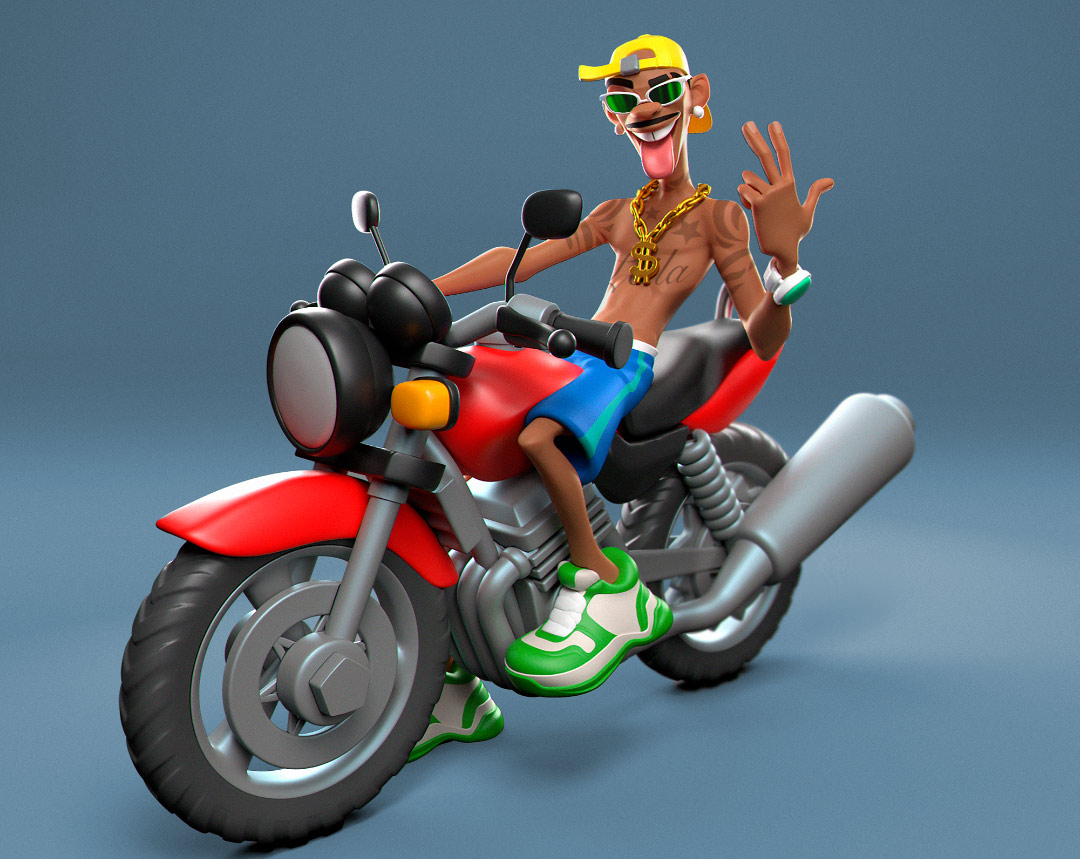
ZBrush for iPad was announced at the end of last year - we cover this news in our ZBrush explainer - but questions around how it will actually work have continued to be asked by artists keen to sculpt on a tablet. Now we have some answers.
The in-development ZBrush app for iPad will have a new user interface designed around touch and gesture controls as well details on the reworked menus and sculpting space. During May's Apple 'Let Loose', which focused heavily on new iPads, including the new M4 chip, we caught sight of ZBrush for iPad (above image). The new interface is less cluttered and bolder than the desktop software, as expected for a mobile app.
Some artists who are on the ZBrush for iPad beta have begun to share their work. If you want to try the app yourself sign up for the beta on the Maxon website. Below you can see the impressive sculpts from artists, Ashley Adams, Pablo Munoz Gomez, Leticia Gillet, Bn Vichar and Gabriel Soares (scroll down for more details on the app).




The streamlined interface belies a lot of power - as expected if it's running on M3 and M4 iPads and iPad Pros. Maxon has revealed you'll be able to sculpt high-polygon models and you'll be able to import and export sculpts from desktop to iPad, which is a dream.
As mentioned ZBrush for iPad will make use of gesture controls, which feels like a perfect way to sculpt - and anyone who has tried Nomad Sculpt for iPad will know this makes a difference. (Read our tutorial on how to sculpt on iPad for a workflow.)
The ZBrush PolyPaint system will be included for painting and texturing (photos taken on the iPad's camera can be used for directly creating textures) and you'll be able to swap between the two painting and sculpting modes. Given Procreate has a similar 3D painting toolset, it's a given. (Read our Procreate tutorials for tips and advice.)
As it's been revealed the desktop and mobile workflow can be linked, so while you wait for the launch of ZBrush for iPad scrub up on your skills with our ZBrush tutorials.







